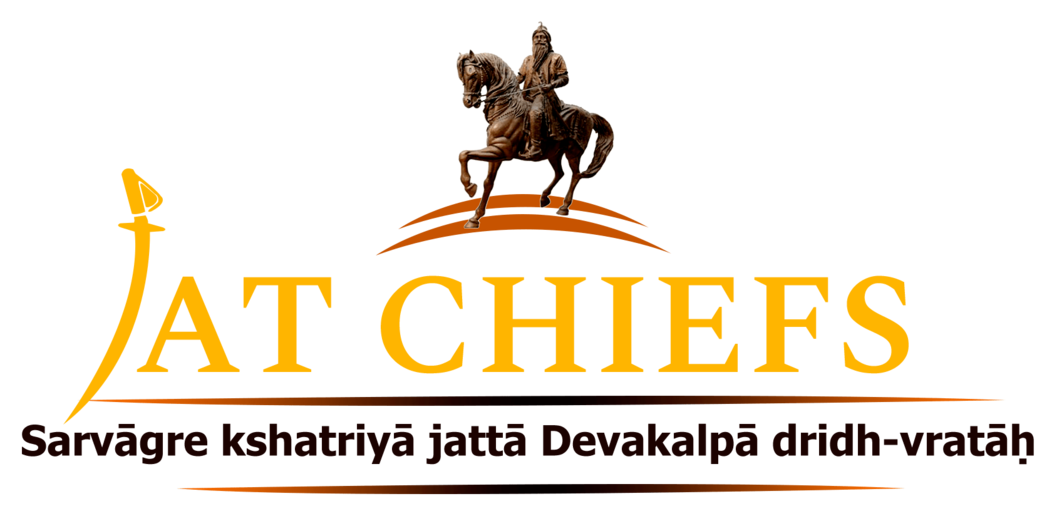KARAM SINGH (1884-1930), pioneer of modern research in Sikh history, was born, on 18 March 1884, the son of Jhanda Singh, Dhillon Jat , and Mai Bishan Kaur at Jhabal village, 15 km west of Tarn Taran in Amritsar district of the Punjab. The family which claimed descent from Bhai Larigah, a prominent Sikh contemporary of Guru Arjan and Guru Hargobind, later shifted to Chakk No. 29Janubi in Shahpur (Sargodha) district where Jhanda Singh, on his retirement as dafadar (sergeant) from Risala Awwal (1st Cavalry), was granted 50 acres of land in the newly opened Lower Jehlum canal colony. Having received his primary education at Jhabal, Karam Singh attended the village school and went on to matriculate from the Khalsa Collegiate School, Amritsar, and joined the Khalsa College, but left before taking a degree, devoting himself to his life’s passion — research in the history of the Punjab. The beginning of the 20th century in the Punjab was marked by frequent visitations of the plague epidemic which were taking a heavy toll of life. Karam Singh, who considered oral history an important tool of research, left off studies in December 1905, only four months before the final examination for graduation, immediately to meet some of the old men still living who had been witness to the happenings in the Punjab under Sikh rule, and record their testimony. In 1907, he made out plans to go to Mecca and Baghdad in order to gather information about Guru Nanak’s visit to those places four centuries earlier and joined a hajj party disguised as a Muslim (for no nonMuslim could make that pilgrimage), but had to return from Baghdad.
Karam Singh now started publishing the results of his researches. The traditionalist school opposed his critical and scientific approach with the result that the young historian enjoyed no patronage and found himself in financial straits. In his effort to be economically independent, he put to use his knowledge of the ayurvedic (indigenous Indian) system of medicine and opened an apothecary’s shop, SaiiyasI Ashram, at Sargodha. In 1910 one of his friends, Pandit Javala Siiigh, took him to Patiala where with the help of Sardar (later Sir) jogendra Singh, then home minister of that state, Karam Siiigh was appointed State Historian. Here he wrote a biography of Baba Ala Siiigh (1691-1765), the founder of Patiala state, and also prepared Punjabi readers for school children. In 192122, he took on lease afairly jyide tract of land in Naya Gaori village in Nainital district of Uttar Pradesh where he experimented farming with the help of modern mechanical implements, but not at the cost of his research. He continued to visitpublic libraries at distant places such as Patiala, Budauii, Darbhaiiga, Allgarh and Calcutta, and took extensive notes from books and manuscripts bearing on Sikh history. A large number of these notes were published in Phulvdn, a Punjabi monthlyjournal, during 1928-30. He himself edited the Sikh Itihas Number, January 1930, of the magazine. Earlier, on 22 December 1929, at a meeting held at the Akal Takhl, Amritsar, was established the Sikh Historical Society of which Karam Siiigh Historian (epithet popularly suffixed to his name) had been appointed secretary. At the same time the management of Khalsa College, Amritsar, planned to set up a department of historical research under Karam Siiigh. But he was taken ill with tuberculosis. In August 1930 he had a severe attack of malaria. He was removed from Naya Gaori to Tarn Taran for treatment, but an attack of pneumonia soon after reaching there hastened the end which came on 10 September 1930.
A work which marked a turning point in Sikh historiography and which is typically illustrative of Karam Singh’s method of analysis was his Kattak ki Visdkh (n.d., republished, Patiala, 1912) in which he subjects the Janam Sakhi materials to critical scrutiny and arrives at the conclusion that Guru Nanak was born in the month of Baisakh (April) and not, as traditionally believed, in Kattak (October-November) . Among his other published works besides numerous articles in the Phulvari, are Jivan Britdnt Banda Bahadur (1907) , Jivan Srimati Bibi Sadd Kaur Ji (1907), Bun Harndm Kaur ft (1907), Jivan Birtdnt Maharaja Ala Singh (n.d., republished, Tarn Taran, 1918); Kes ate Sikkhi (n.d.); Gurpurb Nirnaya (n.d.); Chitlhidn te Prastdv (1923); Banda Kaun Si {n.d.) an d A mar Khdlsd (1932). The Shiromani Gurdwara Parbandhak Committee has brought out a collection of his works under the title Karam Singh Historian di Itihasik Khoj.
- Grover, Bhupinder Singh, Karam Singh Historian: Jiwan
- Rachna. Patiala, 1986 y. Phulvari, Sikh Itihas Number, January 1030 3. Gurmali Mishnari. New Delhi, October 1979


